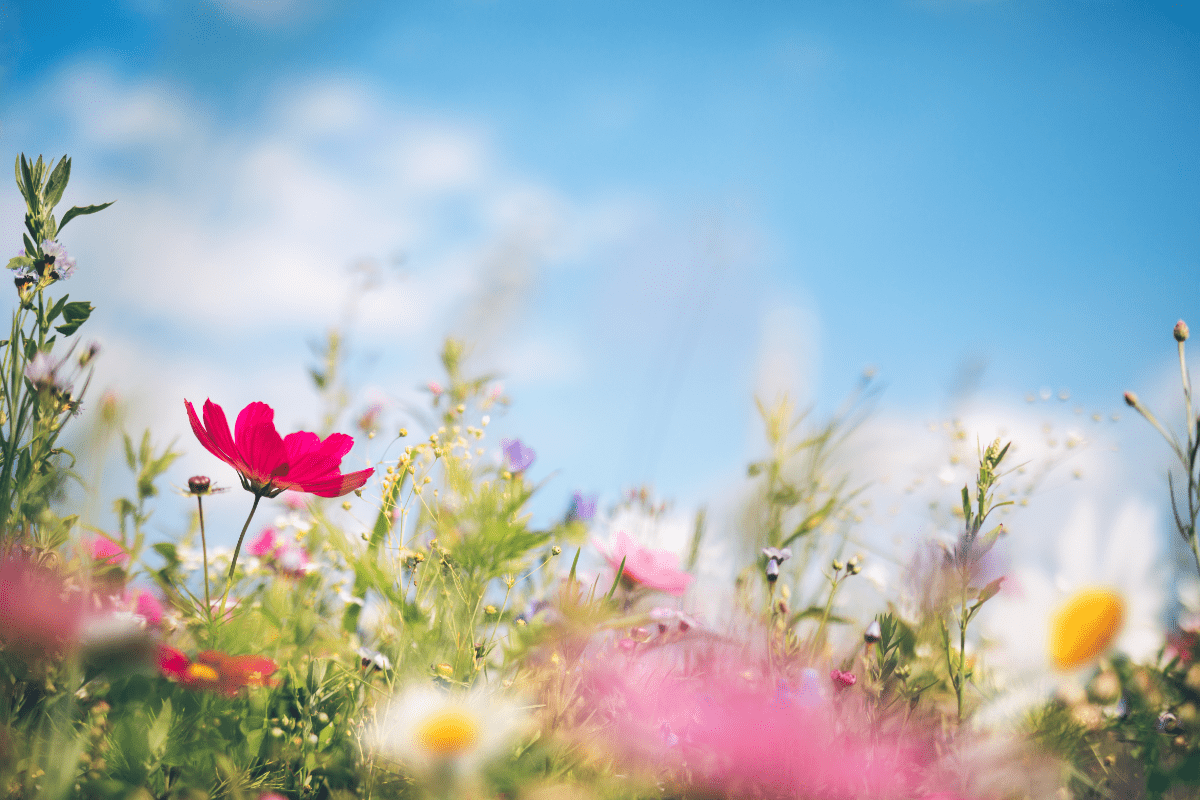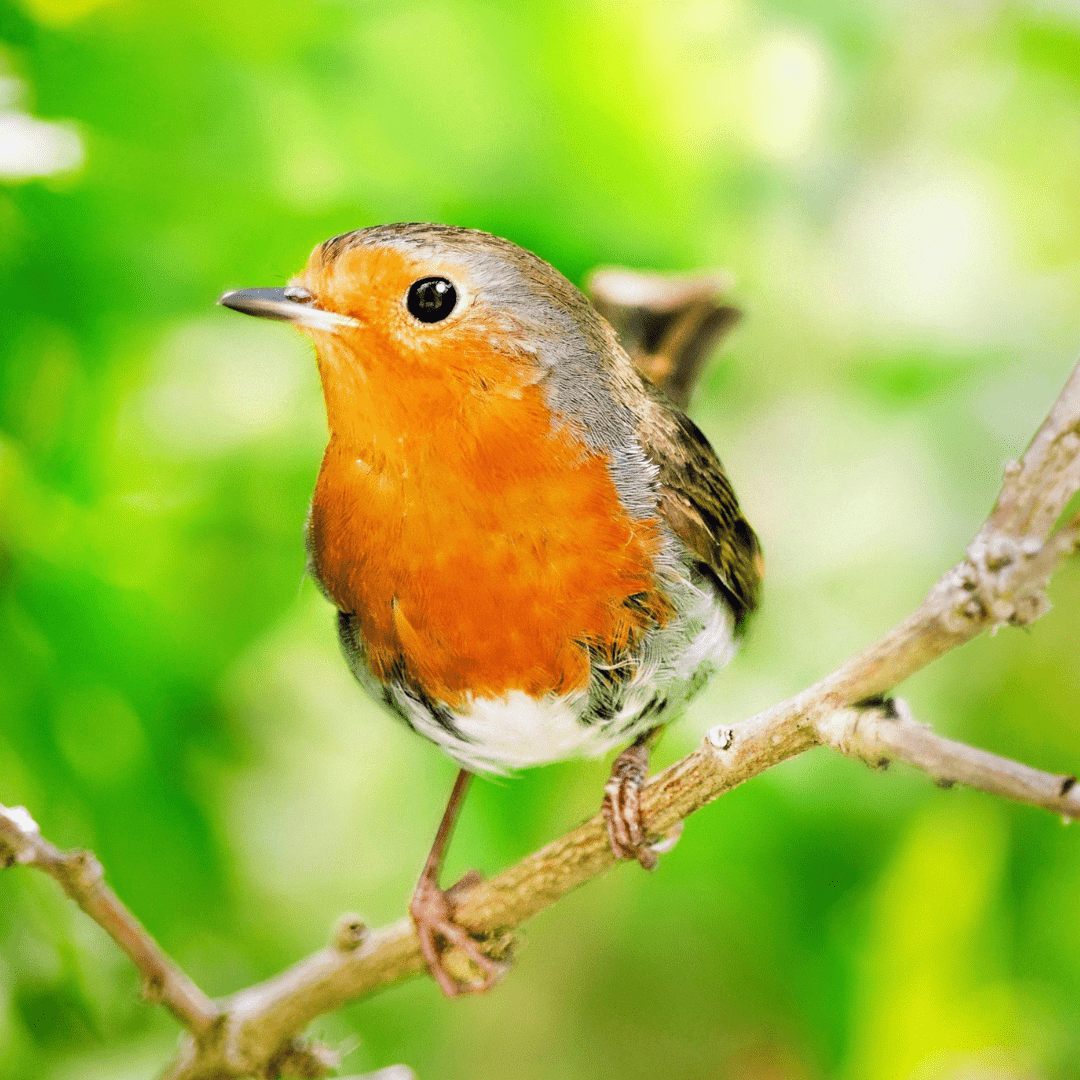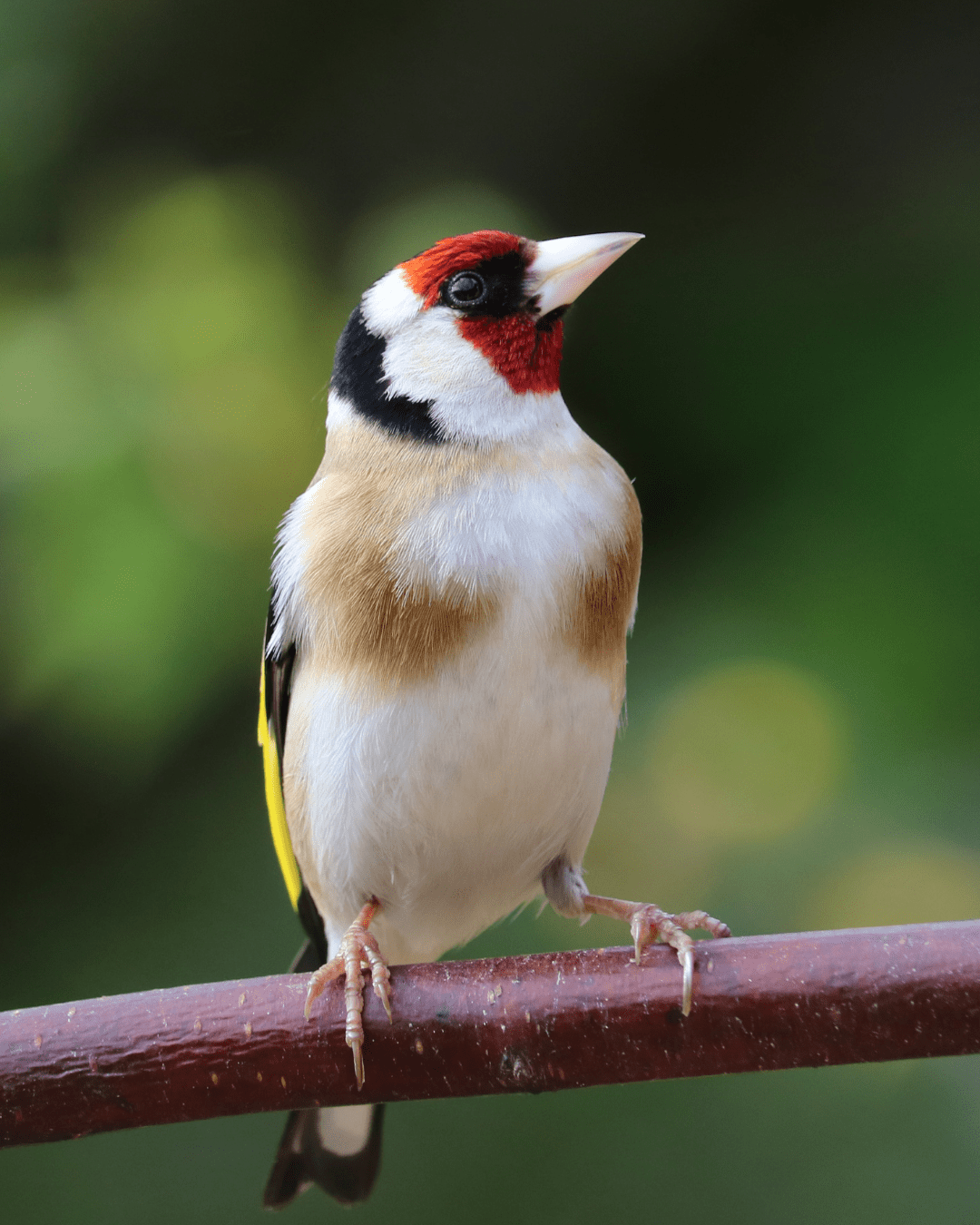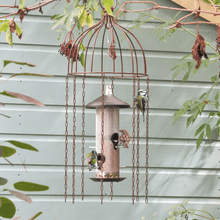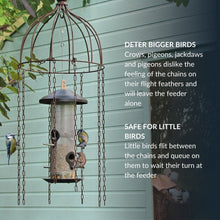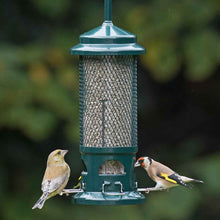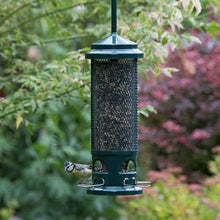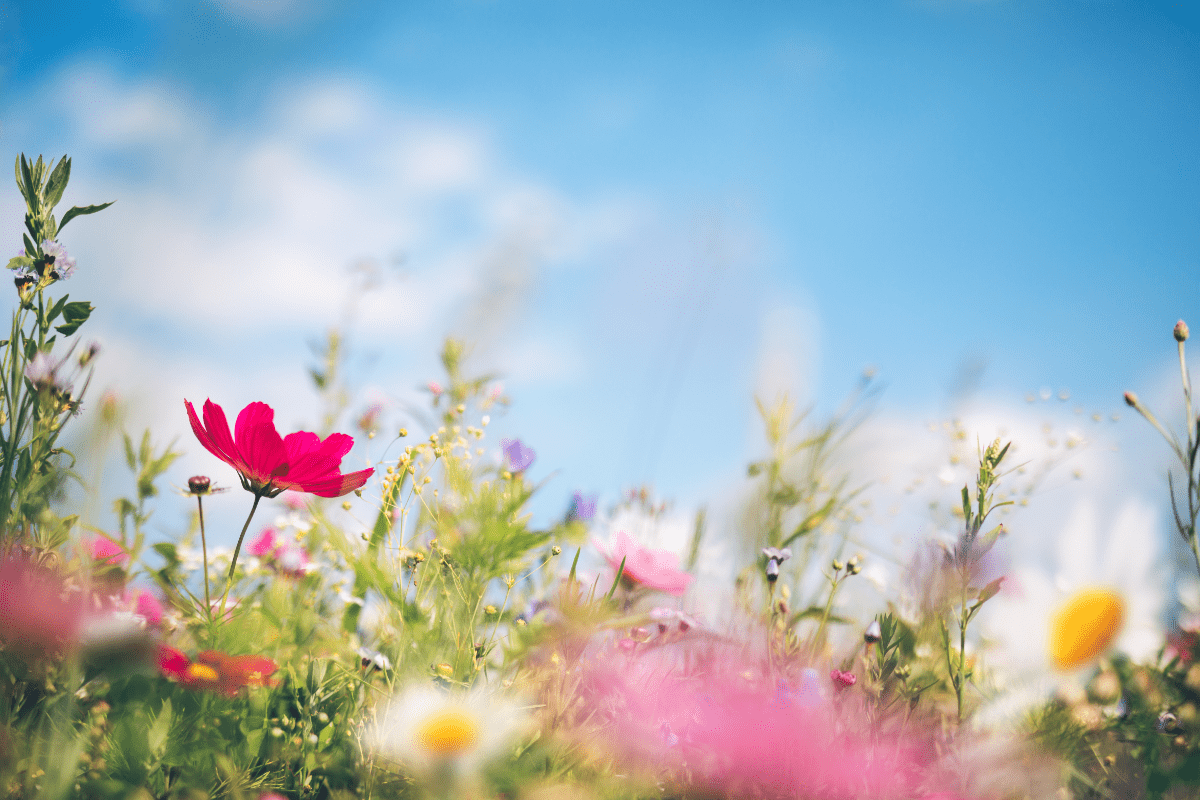A Garden Birdwatcher’s Guide to the Green Woodpecker
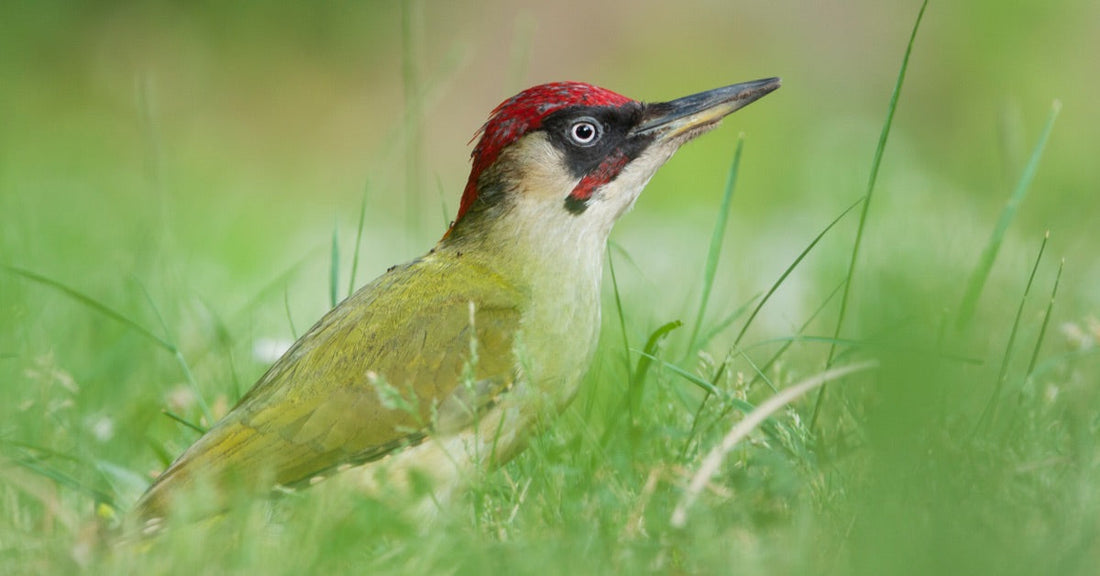
The beautiful green woodpecker is the largest of our three British woodpecker species and can be spotted in the UK all year round. The male can be distinguished from the female by the brighter red on his head and the red in his black moustache. Although we expect to see woodpeckers tapping on the trunks of trees, you are actually more likely to spot a green woodpecker on the ground, where frustratingly for us they are pretty well camouflaged. Green woodpeckers don’t drum on trees to communicate like other woodpeckers. They have a distinctive call which sounds almost like a laugh, and it’s worth listening to a recording so that you can recognise them more easily - when I heard a recording for the first time I realised it’s a sound I hear on walks every day. Green woodpeckers are fairly solitary birds, only really spending time together during mating and nesting season. They mate for life, often using the same nesting site for consecutive years. The male excavates a hole in
an oak, beech, willow or fruit tree, a job that takes two to four weeks due to their beaks, which are weaker than those of other woodpecker species.
The female lays one brood of between five and eight white, unmarked eggs each year, which she incubates for just over two weeks before the
fledglings leave the nest at between twenty one and twenty four days. Young woodpeckers are easy to spot by their scaly looking black and white speckled colouring and each parent will take half of the brood and show them where to find food before they leave the nest for good. Green woodpeckers enjoy eating ants and other insects and will peck apart anthills and beehives to get to the food inside with their specially adapted, long sticky tongues.
They are vulnerable to predators, including stotes, and they don’t fair well in very cold weather because they can’t get to the insects under ground. The green woodpecker has been known by various names over the years, including the yaffle bird and Laughing Betsy (for it’s distinctive call) and the rain bird because it was thought that their cry predicted rainfall. Green woodpeckers were used by the druids for water divination, and they were linked with wishes, luck and prosperity by a number of ancient cultures, so let’s all keep our eyes peeled and hope we see one soon!
Ready to deepen your connection with the birds in your garden? Discover more about your feathered friends and how to attract them to your space with Amidst the Birdsong: A Garden Birdwatcher's Journal. This beautifully crafted journal is the perfect companion for anyone looking to observe and learn about the birds visiting their garden. Start your birdwatching journey today – click here to learn more.


